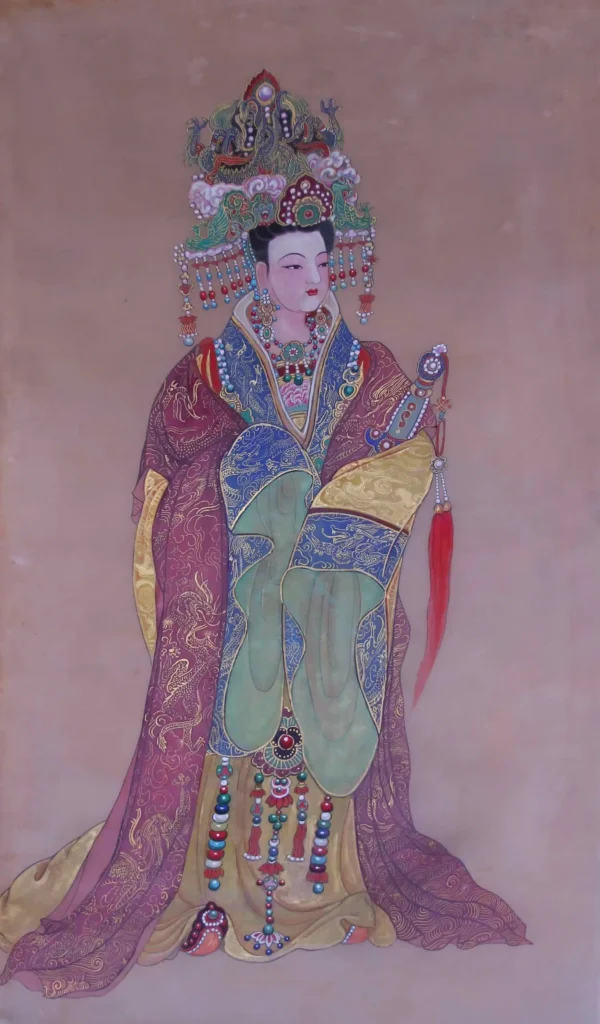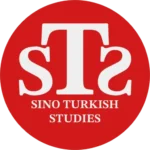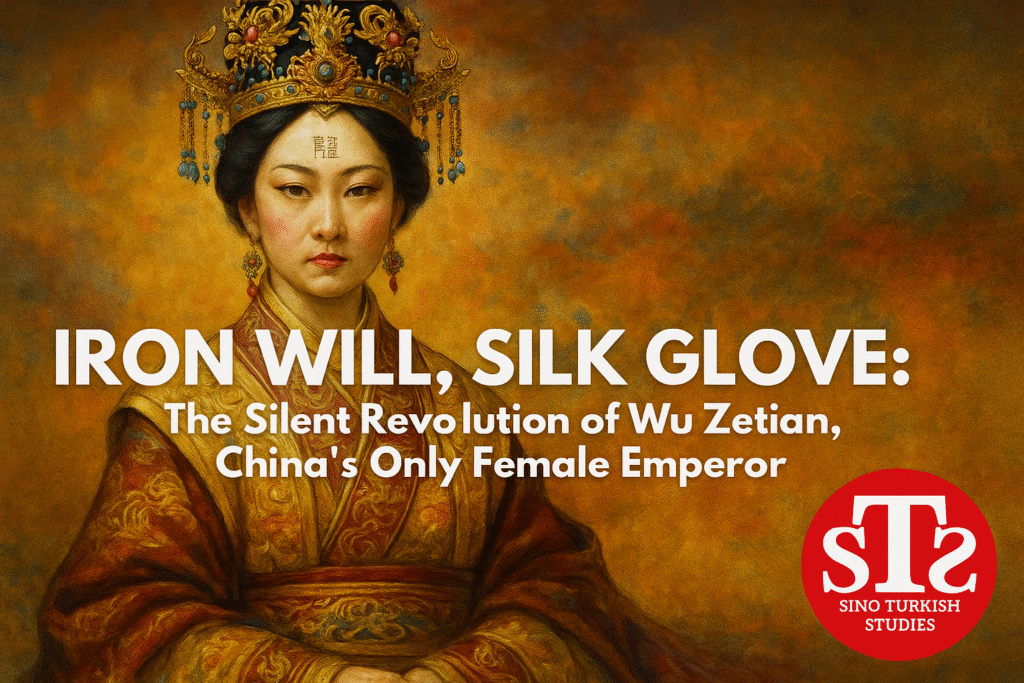👑 A Woman on a Man’s Throne
In the long history of imperial China, the title “Emperor” (Huangdi, 皇帝) was reserved strictly for men. Women, no matter how powerful, could at most be empress consorts (Huanghou, 皇后) or regents. However, in the year 690 CE, Wu Zetian broke this mold by officially proclaiming herself Emperor — not just de facto, but in title, power, and historical record.
This was not just a personal achievement. It was a direct challenge to the patriarchal Confucian system that defined imperial governance for centuries.
🧬 From Concubine to Sovereign
Born in 624 into a noble but non-dominant family, Wu Zetian entered Emperor Taizong’s court as a concubine at the age of 14. Upon his death, she was supposed to retire to a Buddhist convent — the usual fate for imperial concubines. Instead, she caught the eye of the next emperor, Gaozong, and reentered the palace.
📌 What makes this significant?
By re-entering court life, she defied Confucian norms of female purity and submission. But more than that, she didn’t just bend the system — she restructured it to her advantage.
🧠 “Rise by Merit, Not by Birth”
Wu Zetian cemented her rule not merely through palace intrigue but via systemic political reforms, chief among them:
📚 Reinforcement and Expansion of the Imperial Examination System (科举制度, Keju)
- Previously accessible only to sons of aristocrats, the exam system became more inclusive under Wu’s reign.
- Talented individuals from non-noble backgrounds gained access to government posts.
- Loyalty shifted from familial lineages to the state bureaucracy.
🔍 Historical Impact:
This reform weakened aristocratic monopolies and laid the foundation for China’s long-standing merit-based civil service.

⚖️ Religious and Cosmic Authority
Being a female emperor in a deeply Confucian society posed enormous ideological challenges. Wu Zetian responded with symbolic and spiritual legitimacy.
🕉 Strategic Use of Buddhism
- Confucianism disapproved of women in power.
- Wu instead turned to Buddhism, proclaiming herself a manifestation of Maitreya, the future Buddha.
- She sponsored monasteries, temples, and clergy to gain the spiritual backing of the people.
This was not just piety — it was political theology, a calculated use of religion to justify female sovereignty.

✍️ Governing Through Language
Wu Zetian even manipulated the Chinese script to reinforce her unique authority. She invented new Chinese characters, used exclusively during her reign.
📜 For example: She replaced the traditional character for “shine” (照) with a new one she created: “曌” — a compound of “sun” (日), “moon” (月), and “rule” (空), representing “the one who illuminates the heavens.”
🔍 Linguistic Legacy:
These weren’t random inventions. They were semiotic assertions of power — subtle but powerful tools to claim cosmic authority.
⚔️ CONTROVERSIES
After her death, Confucian historians depicted Wu Zetian as ruthless, manipulative, and morally corrupt.
But modern historians ask:
- Was she really more cruel than her male counterparts?
- Or was she judged more harshly simply because she was a woman in power?
- Were her reforms, in fact, critical to the stability of the Tang dynasty?
These questions are at the center of today’s scholarly reevaluation of Wu Zetian.

🌏 Lasting Echoes of a Quiet Revolution
Wu Zetian remains one of the most controversial — yet impactful — figures in Chinese history.
Her reign teaches us:
- Legitimacy can come from strategy, not just bloodlines.
- Women can govern as effectively — or more — than men, if given the chance.
- Symbols, institutions, and belief systems are tools of governance.
She may not have wielded armies like a conqueror, but she reshaped China’s political structure with reforms, rituals, and cultural innovation — leaving a legacy that outlived her dynasty.
📚 Suggested References:
- The Empress Wu – C.P. Fitzgerald
- Women and Power in Imperial China – Harvard Asia Center
- “Legalism Sugar-Coated with Confucianism” (Asia Major)
- Law and Political Power Structure in Early Imperial China
- Tang dynasty chronicles and Buddhist-Confucian comparative texts
#WuZetian #ChineseHistory #FemaleEmperor #TangDynasty #ImperialChina #Meritocracy #SymbolicPower #BuddhismAndPolitics #Confucianism





